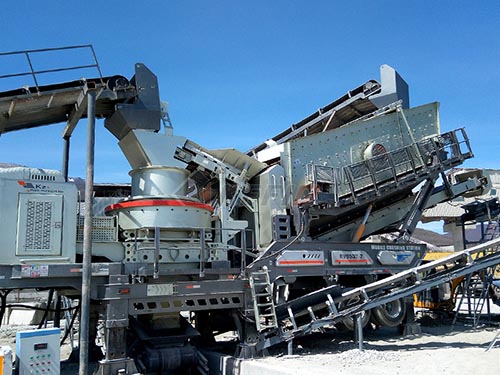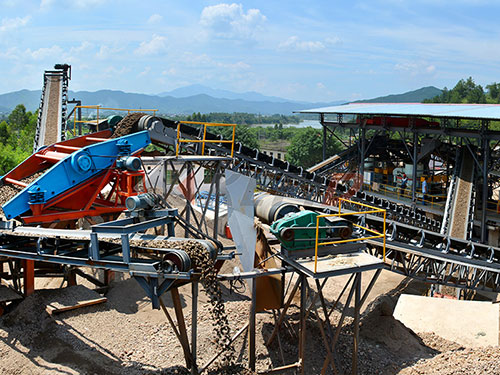A flotation machine is a key piece of equipment used in mineral processing to separate valuable minerals from gangue (waste material) based on differences in their surface properties. It works by introducing air bubbles into a slurry of finely ground ore, water, and chemicals (reagents). Hydrophobic (water-repelling) mineral particles attach to the bubbles and rise to the surface, forming a froth that is skimmed off, while hydrophilic (water-attracting) particles remain in the slurry.

Key Components of a Flotation Machine:
1. Cell/Tank: Contains the slurry mixture.
2. Impeller & Rotor: Agitates the slurry to disperse air and maintain particle suspension.
3. Air Supply System: Introduces air bubbles into the slurry.
4. Froth Launder: Collects and removes the mineral-laden froth.
5. Discharge Mechanism: Removes tailings (waste material).
Types of Flotation Machines:
1. Mechanical Flotation Cells
– Use rotating impellers to generate bubbles (e.g., Denver, Wemco, Outokumpu cells).
– Common in traditional flotation circuits.
2. Column Flotation Cells
– Tall, cylindrical vessels with no mechanical agitation.
– Bubbles are introduced via spargers; used for cleaner stages.
3. Jameson Cell
– High-intensity froth flotation with a downcomer for rapid bubble-particle contact.
4. Pneumatic Flotation Machines
– Rely on external air injection (e.g., Dissolved Air Flotation).
Applications:
– Widely used in mining for sulfide ores (copper, lead, zinc), coal, phosphates, and industrial minerals.
– Also applied in wastewater treatment and paper recycling.

Advantages:
– Efficient separation of fine particles.
– Adjustable for different ore types via reagent selection.
– High recovery rates for valuable minerals.
Challenges:
– High energy consumption.
– Requires precise control of pH, reagents, and airflow.
– Sensitive to feed particle size and pulp density.
Would you like details on specific flotation machine models or operational optimization techniques?
Leave a Reply